_____
In 1960, Eric Dolphy told Down Beat magazine, “At home I used to play, and the birds always used to whistle with me. I would stop what I was working on and play with the birds.” This imitation of birds (who, according to Dolphy, sing in “quarter tones”) was embraced by none other than John Coltrane, who said that the addition of Dolphy — and his philosophy — to his quartet “turned [the quartet] all around.” Dolphy’s playing helped set the stage for the music Coltrane would create later.
Also critical was their friendship, which was especially important to Coltrane since he was so consumed at the time by his alcohol and heroin abuse. Quoting a Coltrane friend, John Fraim writes in his 1996 biography Spirit Catcher: The Life and Art of John Coltrane that “outside of Sonny Rollins, Eric Dolphy was his [Coltrane’s] only true friend.”
“Coltrane needed change during this difficult period,” Fraim writes. “He needed to discipline himself and to learn to control the incredible mood swings. He needed to set some goals in life and to decide how important music was to him. He needed to keep learning from the masters about him, from those who possessed more knowledge. And he needed to come to some kind of terms with all the drugs in his life and determine if drugs and music could coexist.
“He needed many things at the time,” Fraim continues, “but more than anything else he needed a strong friendship to show him there was a fellow traveler along the lovely path, that he wasn’t cracking up. He needed to know there was another who saw some of the strange visions he saw in the strange ‘perpetual dawn’ atmosphere. Eric Dolphy’s friendship during this difficult period filled this important need and Dolphy became that fellow traveler.”
While the time Coltrane and Dolphy spent working together was less than a year, their partnership “pushed Coltrane to new heights” that culminated in Dolphy joining Coltrane’s touring quartet (including the famous Village Vanguard sessions). Their touring venture led to this rather famous November, 1961 critical rant by Down Beat associate editor John Tynan:
“I listened to a horrifying demonstration of what appears to be a growing anti-jazz trend exemplified by these foremost proponents of what is termed avant-garde music. I heard a good rhythm section…go to waste behind nihilistic exercises of two horns…Coltrane and Dolphy seem intent on deliberately destroying swing. They seem bent on pursuing an anarchistic course in their music that can only be termed anti-jazz.”
Other critics — notably Leonard Feather — piled on, creating what Fraim calls a “huge anti-Coltrane bandwagon,” an example being this from Down Beat writer Don DeMichael, opining in the April 12, 1962 edition of the magazine that “Coltrane and Dolphy play on and on, past inspiration and into monotony.”
As Fraim points out, this “anti-Coltrane bandwagon” led both Dolphy and Coltrane to respond. In that same April 12 Down Beat, Dolphy responds to DeMichael’s question “What are John Coltrane and Eric Dolphy trying to do?” by saying, “What I’m trying to do I find enjoyable (and) inspiring…It helps me play, this feel. It’s like you have no idea what you’re going to do next. You have an idea, but there’s always that spontaneous thing that happens. This feeling, to me, leads the whole group.”
Coltrane’s response to the same question: “I think the main thing a musician would like to do is to give a picture to the listener of the many wonderful things he knows of and senses in the universe. That’s what music is to me — it’s just another way of saying this is a big, beautiful universe we live in, that’s been given us, and here’s an example of just how magnificent and encompassing it is. That’s what I would like to do, I think that’s one of the greatest things you can do in life, and we all try to do it in some way. The musician’s way is through his music…Music is a reflection of the universe. Like having life in miniature.”
Coltrane was clearly stung by this criticism, saying later that “they made it appear that we didn’t even know the first thing about music (…) it hurt me to see [Dolphy] get hurt in this thing.”
Within six years, both men were gone — Dolphy in 1964 due to diabetic coma, and Coltrane in 1967 from liver cancer. Their spirits, on the other hand, have never been more alive…
_____
Spirit Catcher: The Life and Art of John Coltrane
by John Fraim
*
Coltrane’s Quintet (with Eric Dolphy) play “My Favorite Things”





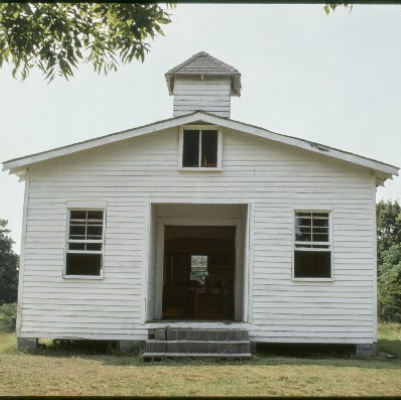


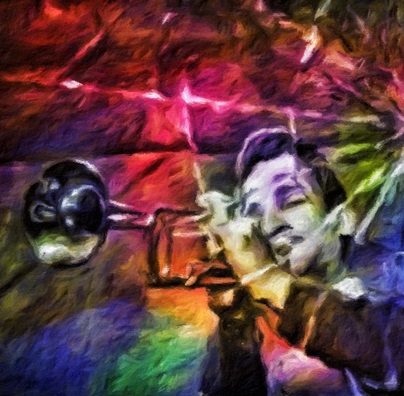
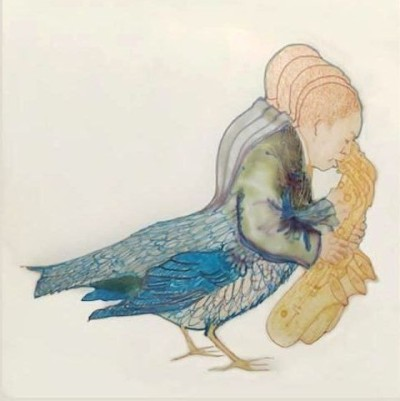
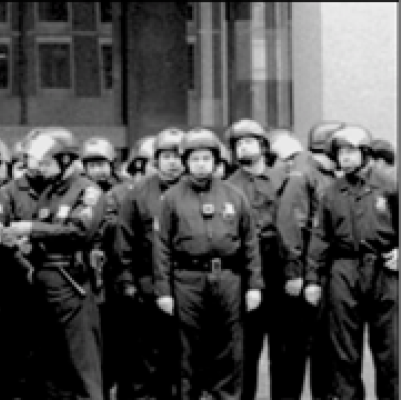
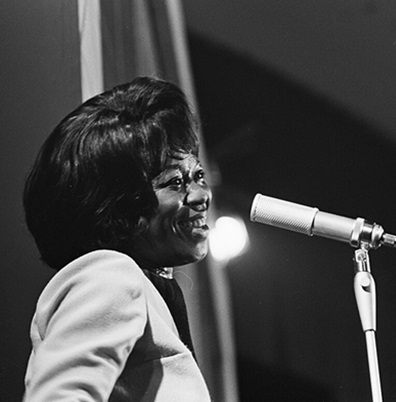

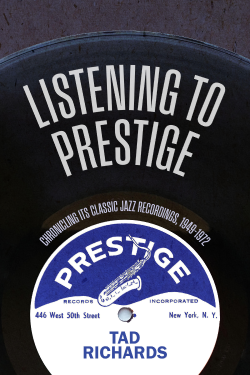

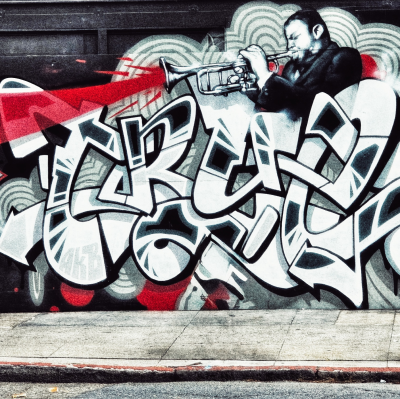
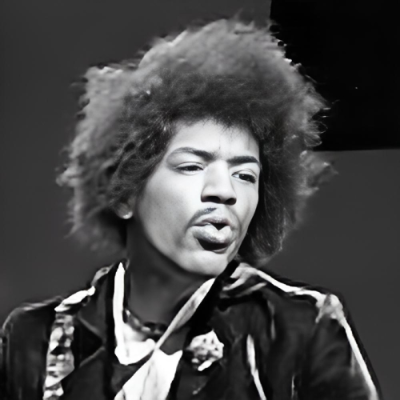
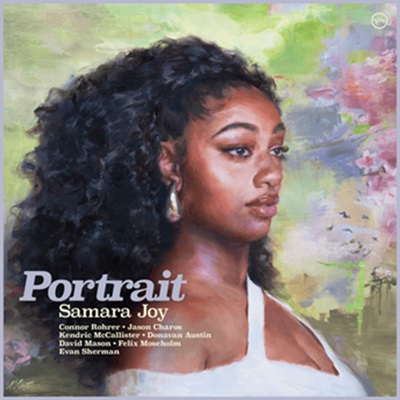


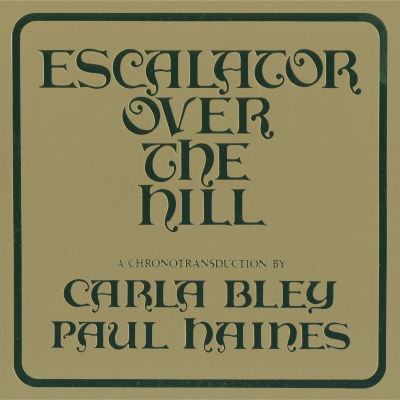

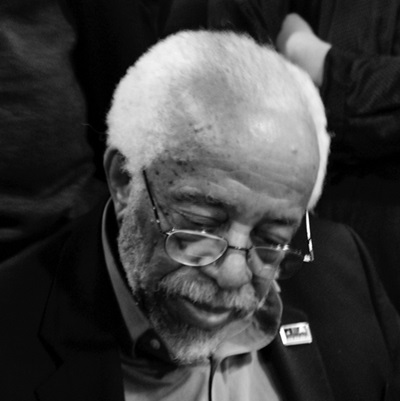

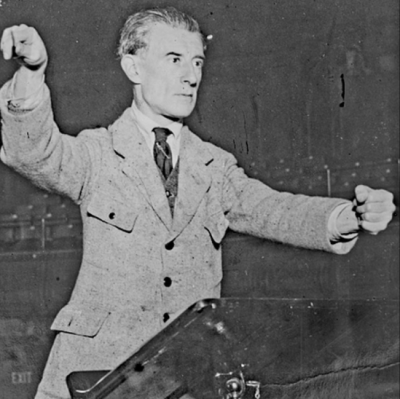
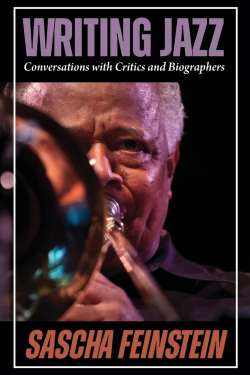
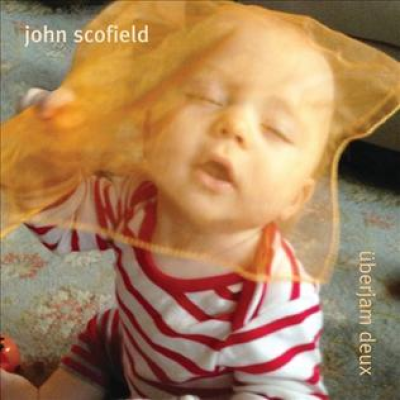
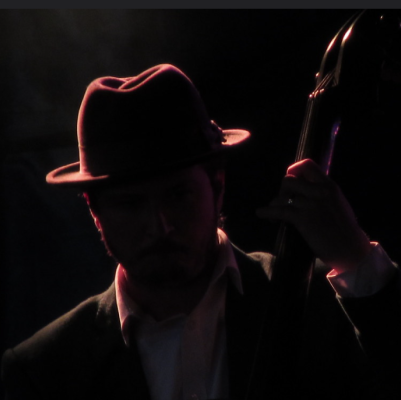


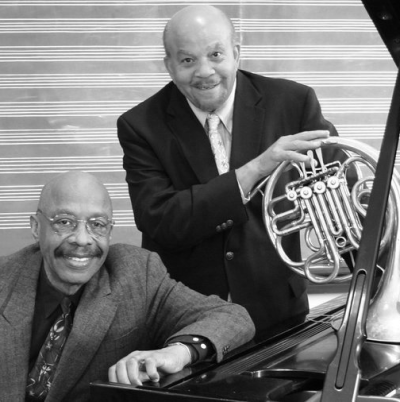

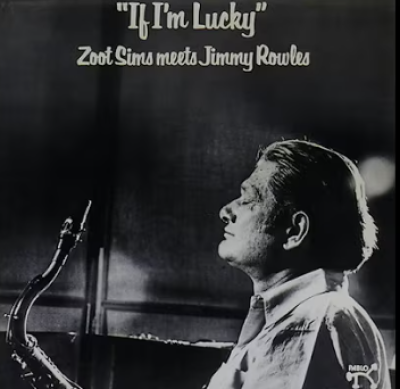




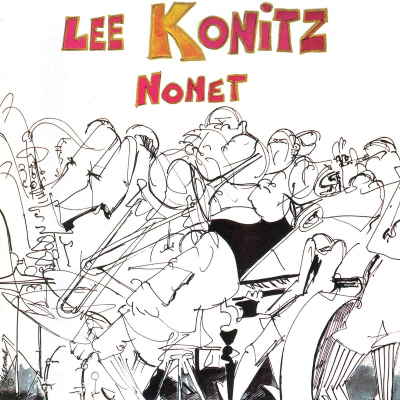








Very informative, and sad, too
Very informative, and sad, too
Thanks for revisiting with us how wonderful it was for Dolphy and Coltrane to play together.